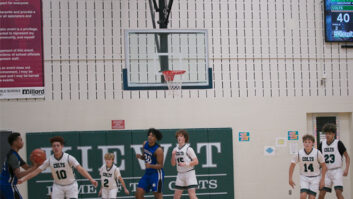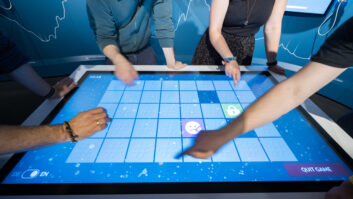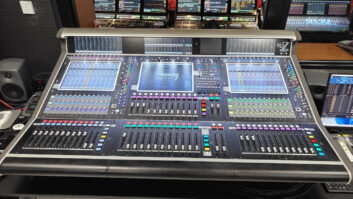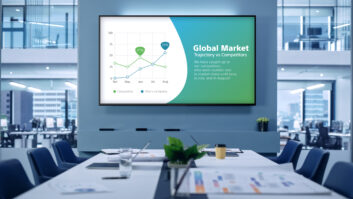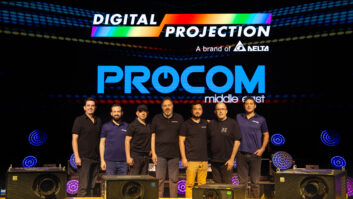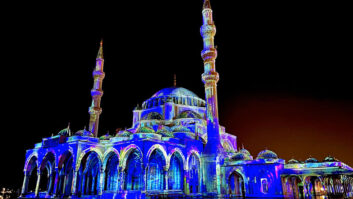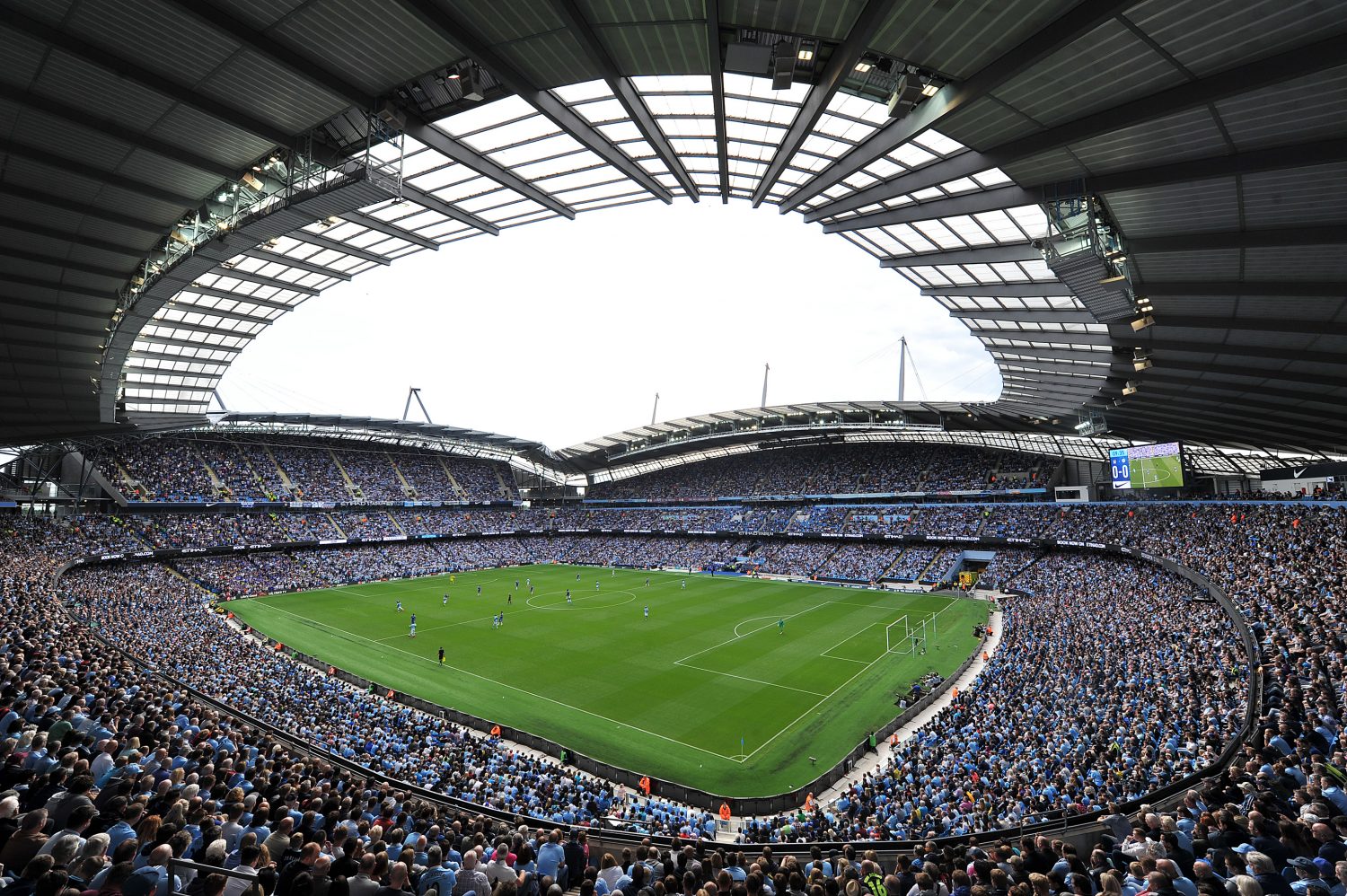
Paul Childerhouse of Pioneer Digital talks about the challenges that come with stadium projects and reveals the impact the expansion of IT management is having on integrators.
How do the short timescales integrators often have to work to on sports venue projects alter your approach?
A lot of the projects are done over the closed season for stadiums, which gives limited time for them to be completed, ready for the start of the football season. It is often the case that sign-off is late and we have a very short window to get everything planned and installed. Major works especially are always produced to tight timescales. This means our teams have to be really flexible to fit around the schedules and ensure the job gets done. We have long-term relationships with many of our stadium clients, which means we are closely involved with the long-term vision, making it easier to plan projects and roll outs. AV however is always the last bit of kit to go in so timescales are often pushed by delays in main contractor works. You need a flexible, scalable workforce to manage it.
What are some of the cutting-edge technologies sports venues are currently looking to implement?
Most of the stadiums are moving towards IPTV and looking to put digital menus in kiosks to improve interesting and agile environments for match days. Most stadiums have WiFi and connectivity at the forefront of their minds at the moment also.
For sports venue installs, how much of an impact are IT systems and the expansion of IT management having on the role of the integrator?
IT is the glue that brings a project together and unless it’s a brand new stadium we are finding the networking needs to be upgraded to deliver the latest technologies. That’s the power of having the IT and electrical elements within the group and being able to bring in IT experience when required to upscale the facilities.
How different is it working on single and multi-use sports venue projects?
Multi-use stadiums have more requirements for audiovisual. When a venue is shared it needs to feature content across the entire digital network tailored to specific sports fan, with even the hospitality and menus switched to the fan base of that sport. Venues need to feel like they are the home to that team and another team the next day so having flexibility and an agile system, which is well planned and implemented is key. It should be as easy as pushing a button to display a complete stadium change over.
One project we have wanted the toilets to be interchangeable between men and women depending on the attendees at an event, being able to deploy toilets for events which are heavily single sex. Wayfinding is also another element to think about for multi-use venues, as you have visitors who aren’t as familiar with the venue attending the match.
Tell us about a recent installation project that highlights Pioneer’s expertise in the sector.
We’ve worked with a major football club to build a holistic AV and IT system which included pitch LED, mid-tier ribbon, jumbatrons, hospitality screens, concourse TV and match analysis systems, installing cameras and interactive screens in their training centres for analytical software. We’ve got great heritage in stadiums and sports venues from LED lighting to reduce power consumption through to interactive LED solutions which link with social media.

